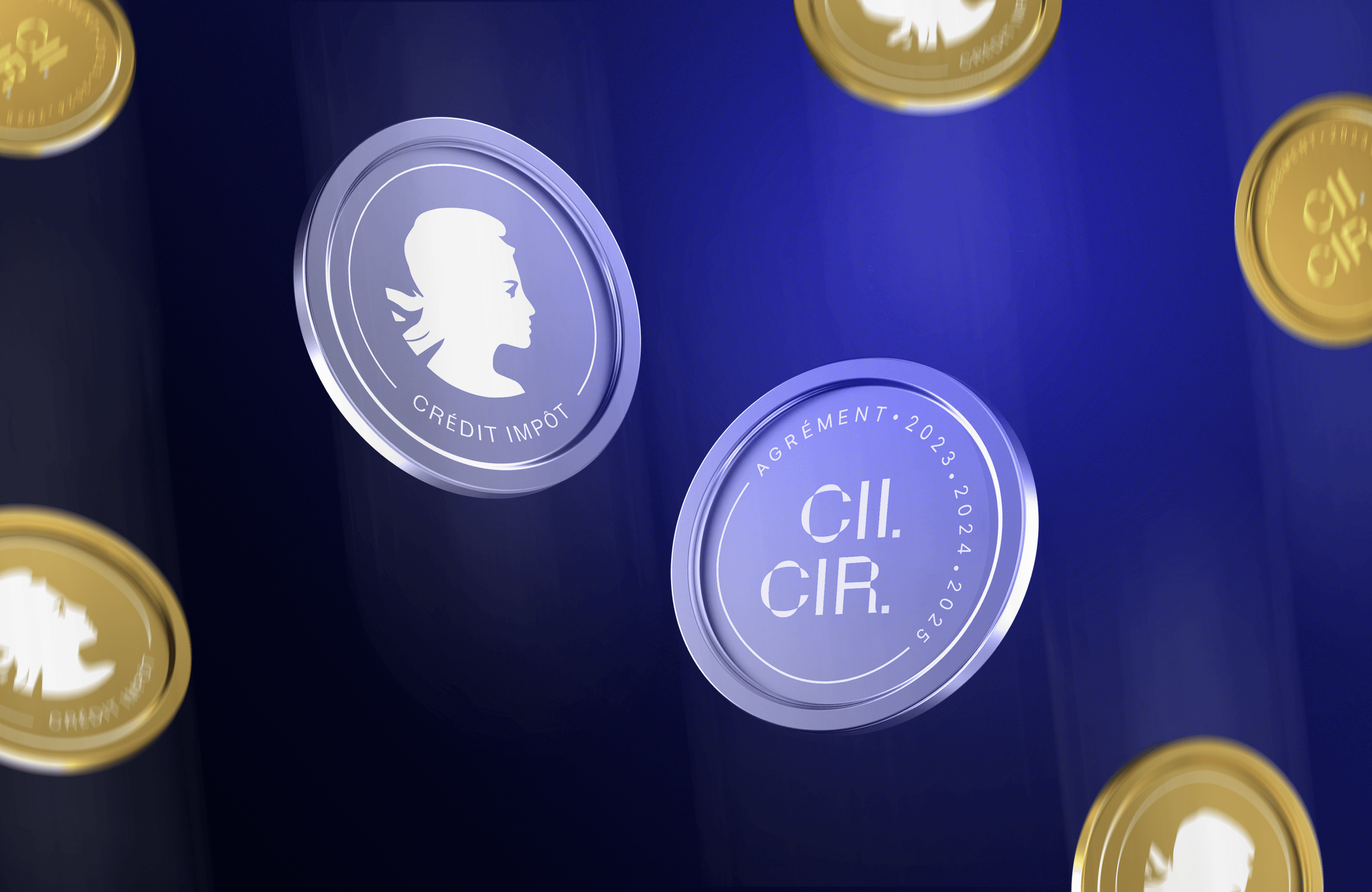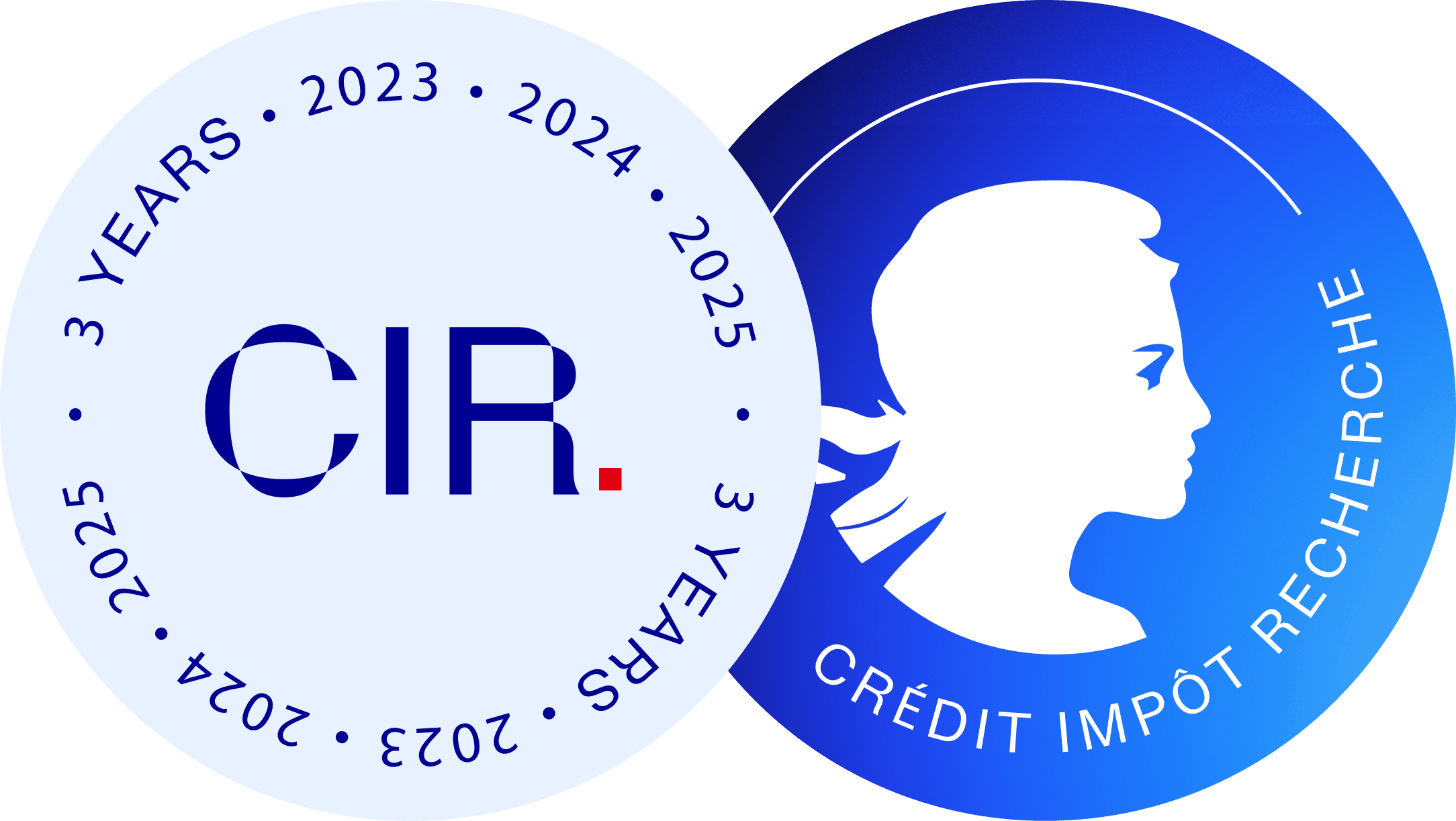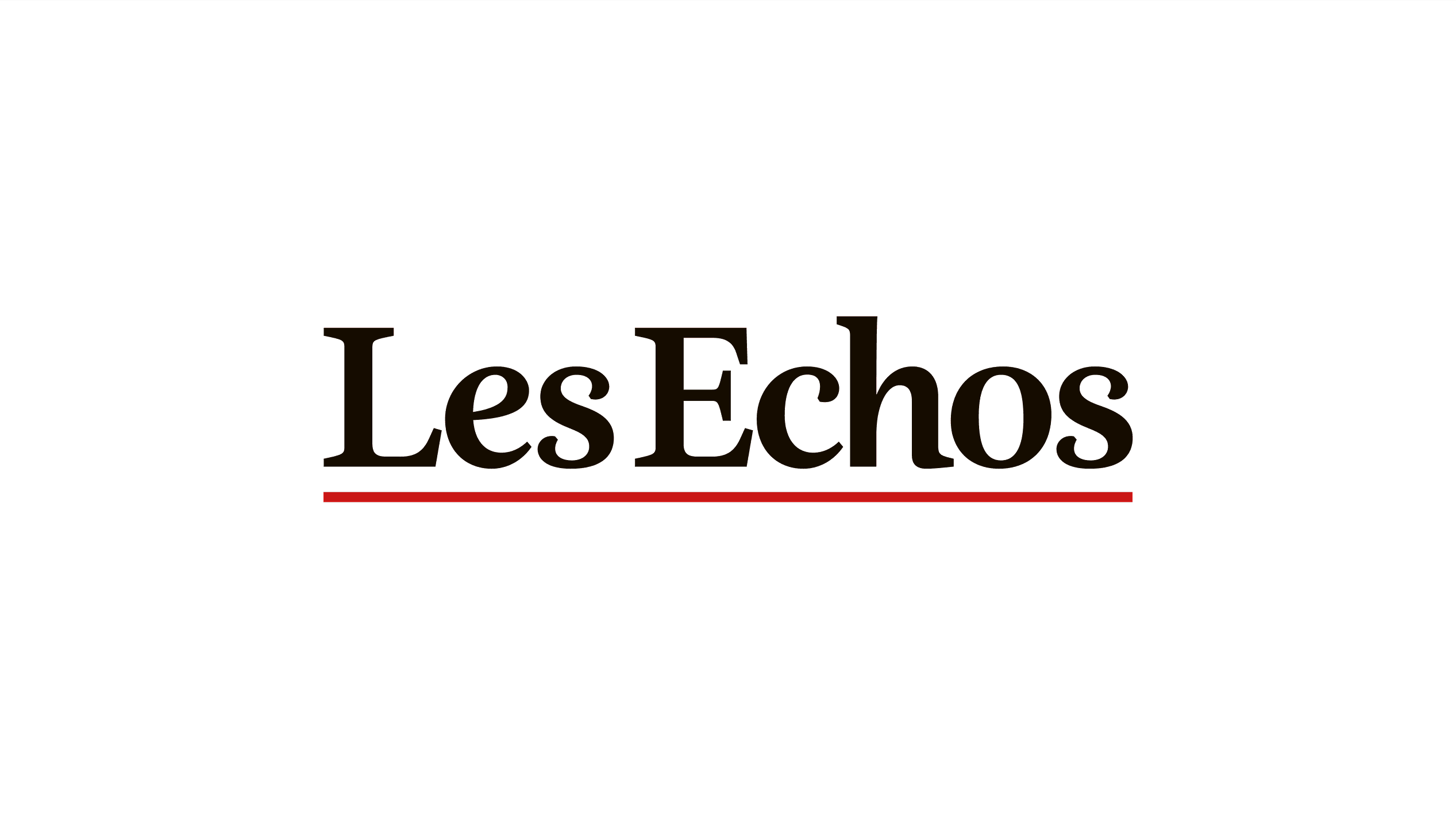Crédit d'impôt recherche (CIR) and Crédit d'impôt innovation (CII) : an overview

Table of contents
BeTomorrow is officially accredited for both the Crédit d’impôt recherche (CIR) and the Crédit d’impôt innovation (CII). These programs offer significant financial benefits to our clients, enabling them to secure substantial support for their digital projects. Moreover, these accreditations can maximize the returns on their R&D investments when collaborating with our agency.
The Crédit d’impôt recherche (CIR) is a fiscal incentive designed to encourage companies to invest in research and development (R&D). It is particularly suited for software development projects. By reducing the costs of R&D projects, the CIR allows companies to innovate more, remain competitive, and contribute to economic growth.
The Crédit d’impôt innovation (CII) is a fiscal program aimed at encouraging companies to invest in innovation. It is especially relevant for projects focused on developing new or improved products and processes. By lowering the costs of innovative projects, the CII helps companies accelerate growth, enhance competitiveness, and drive economic progress.
In this article, we will define the CIR, explore its origins, compare it with the Crédit d’impôt innovation (CII), detail the benefits and eligibility criteria, and provide examples of managed projects that have benefited from this accreditation.
Understanding the Crédit d’impôt recherche (CIR)
A vital fiscal advantage to boost innovation and competitiveness for companies
The CIR is a fiscal measure that allows for a 30% reimbursement of R&D expenses, up to a cap of 100 million euros per year. Beyond this amount, the reimbursement rate drops to 5%.
The Crédit d’impôt recherche (CIR) is a powerful tool to encourage companies to invest in research and development (R&D). It is available to all businesses, regardless of their size or industry, and covers a wide range of expenses, such as:
Researchers' salaries,
Operating costs,
Outsourcing expenses,
Certain patent fees.
Introduced in 1983 and simplified over the years, the CIR helps reduce R&D costs by offering a tax credit based on incurred expenses. This financial support promotes innovation, enhances companies' competitiveness, and contributes to economic growth.

What is the Crédit d'impôt innovation (CII) ?
A specific support for innovative SMEs in design and prototyping
The Crédit d’impôt innovation and the Crédit d’impôt recherche (CIR) by specifically targeting SMEs that invest in the design of prototypes or pilot installations for new products. While the CIR covers expenses related to fundamental and applied research, the CII focuses on downstream innovation phases, such as design and prototyping.
Key differences between CIR and CII
Types of eligible expenses
The Crédit d’impôt recherche (CIR) covers a wide range of expenses, including those related to fundamental research, applied research, and experimental development. These expenses can include personnel costs, equipment, and subcontracting fees associated with a company’s R&D projects.
The Crédit d’impôt innovation (CII) specifically targets expenses incurred for the design of prototypes and the development of pilot installations for new products. This includes the costs of model development and the necessary testing to bring an innovation to the production phase.
Who can benefit?
The Crédit d’impôt recherche (CIR) is accessible to all companies, regardless of their size or industry, allowing a wide range of economic players to benefit from this support for their R&D projects.
In contrast, the Crédit d’impôt innovation is specifically reserved for small and medium-sized enterprises (SMEs). This program aims to encourage these companies to invest in downstream innovation plans, such as prototype design and pilot installations for new products, thereby enhancing their competitiveness and ability to innovate in the market. By focusing on SMEs, the CII addresses specific needs and helps strengthen the economic fabric by supporting the most dynamic and innovative players.
Financial caps to know
The Credit d’impôt recherche (CIR) does not have a global cap, offering maximum flexibility for companies to spend on R&D.
However, the Crédit d’impôt innovation is capped at €400,000 per year, limiting the maximum amount of aid available for a company’s downstream innovation projects.
Companies can combine the CIR and CII, allowing them to maximize the fiscal benefits related to their R&D and innovation activities. This combination of fiscal incentives enhances their ability to innovate, stay competitive, and support their long-term growth.
Advantages of working with BeTomorrow with CIR and CII certifications
Reduction of R&D costs
We obtained the Crédit d’impôt recherche (CIR) accreditation in April, retroactively effective since early 2023.
This allows our clients to benefit from a reimbursement of up to 30% of the expenses incurred for the R&D projects we carry out for them. In other words, it enables mobilizing BeTomorrow’s experts at a significantly reduced cost and allows our clients to lower their research costs to reinvest the savings in new innovative projects.
Encouraging innovation
The financial support from the CIR encourages the development of new products and services, fostering growth and innovation.
Improving competitiveness
By investing in R&D, companies can acquire advanced technologies and enhance their offerings, positioning themselves favorably in the market.
Attracting talent
Funding R&D programs allows a company to attract and retain specialized talent, essential for innovation and growth.

What are the requirements to obtain the CIR?
To benefit from the CIR, companies must meet certain conditions and follow a rigorous process.
Identify eligible expenses
These include researchers' salaries, operating expenses, depreciation allowances, subcontracting costs, and patent fees.
Initiate the application process
This involves identifying R&D initiatives, calculating the various expenses, filing the application using 2069-A-SD form, and retaining supporting documentation.
Collect required documentation
This documentation must include project descriptions, timesheets, invoices, contracts, and technical reports detailing the work performed.
Eligible projects must be related to research and development. Specific details can be discussed with experts or consultants specializing in CIR.
BeTomorrow is not in a position to determine the specific eligibility of projects for the CIR to avoid any conflict of interest. It is recommended that clients consult a specialized CIR firm for a detailed analysis (such as fi-group or EIF Innovation - Harlan, one of our clients).

Conclusion
The Crédit d’impôt recherche (CIR) and Crédit d’impôt innovation (CII) are essential tools for enhancing the creative capacities and competitiveness of businesses. BeTomorrow, accredited by the Ministry of Research, assists its clients in maximizing the benefits of these fiscal incentives.
By working with BeTomorrow, you leverage our expertise to turn your innovative ideas into reality while optimizing your R&D costs.
For more information on the CIR and CII, contact our team of experts today and discover our areas of technical expertise!
Sources
Ministry of Economy and Finance website : https://www.economie.gouv.fr/entreprises/credit-impot-recherche#
The portal of the Direction générale des Entreprises : https://www.entreprises.gouv.fr/fr/aides-et-financement/credits-et-reductions-d-impots/credit-d-impot-innovation
Sogedev : https://blog.sogedev.com/credit-impot-recherche-et-secteur-numerique-developpement-informatique/
Myriad Consulting : https://www.myriadconsulting.fr/prestation-de-services/credit-dimpot-recherche-cir/credit-dimpot-recherche-cir-pour-les-logiciels/
Jubea : https://jubea.fr/financement/
Thank you for reading this article.
STAY TUNED— OUR RESSOURCES

French companies are already embracing AI

MaaS platforms, AI, modularity: rethinking public mobility through service
